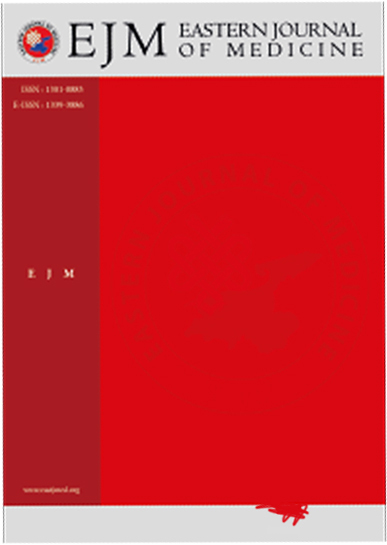Anatomical and Morphometric Characteristics of the Nutrient Foramen of the Radius: Safe Approaches for Fracture Fixation
Mehmet Ülkir1, Furkan Bülbül2, Bahattin Paslı1, Onur Bilge2, Deniz Demiryürek11Department Of Anatomy, Faculty Of Medicine, Hacettepe University, Ankara, Turkey2Department Of Orthopedics And Traumatology, Necmettin Erbakan University, Konya, Turkey
INTRODUCTION: The aim of this study is to evaluate the morphological and morphometric properties of the nutrient foramen (NF) in detail in order to minimize damaging to NF when applying fixation of radial fractures for fracture healing.
METHODS: This study was performed on 109 (right: 54, left: 55) dry radii. The radius length (RL), distances between NF and the most proximal point of head of radius (NFP) and interosseous border (NFIB) were measured and foraminal index (FI) was calculated. The number, position, location, size and direction of NF was assessed. Additionally, a radius fracture was experimentally induced on a cadaver obtained from a 73-year-old Turkish female, followed by radius open reduction and internal fixation.
RESULTS: The mean values of RL, NFP, FI, NFIB were measured as 225.56±17.02 mm, 79.26±12.80 mm, 35.09±4.62% and 6.82±3.78 mm, respectively. All of radii had 1 NF and that all foramina were directed upward. Seventy-seven (70.64%) of 109 NF were located on the anterior surface. Forty-five (41.28%) of 109 NF were found to be between 20-22 gauge sized. Ninety one of 109 (83.49%) NF were observed on the zone 2. Forty-five of (41.28%) 109 NF were type 3 (5.01-10mm away from IB). The screws were determined to have not damaged to NF upon examination of the fractured radius in cadaver.
DISCUSSION AND CONCLUSION: Based on our findings, it is advisable to place screws for the plate on the distal parts of the shaft whenever possible and in near to the anterior border to minimize the risk of damaging NF for fracture healing.
Manuscript Language: English














